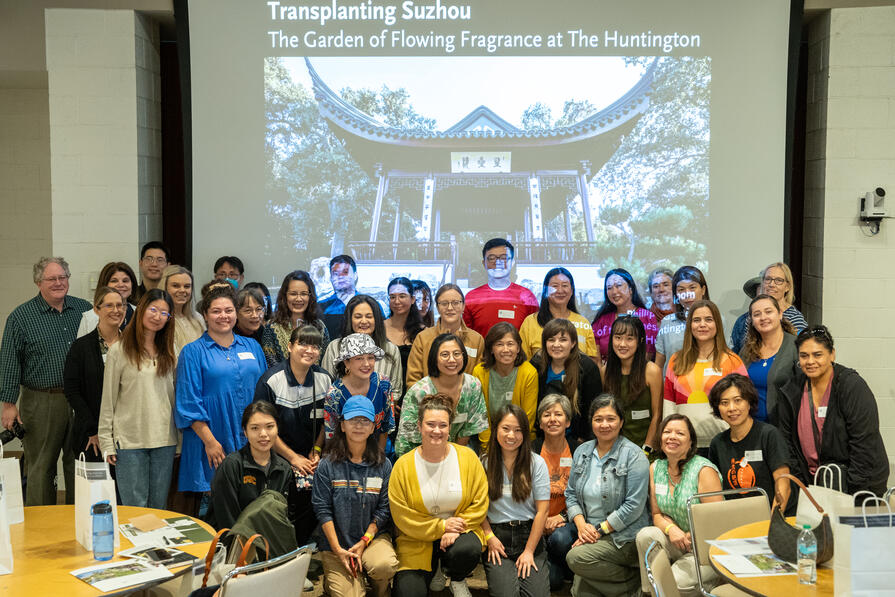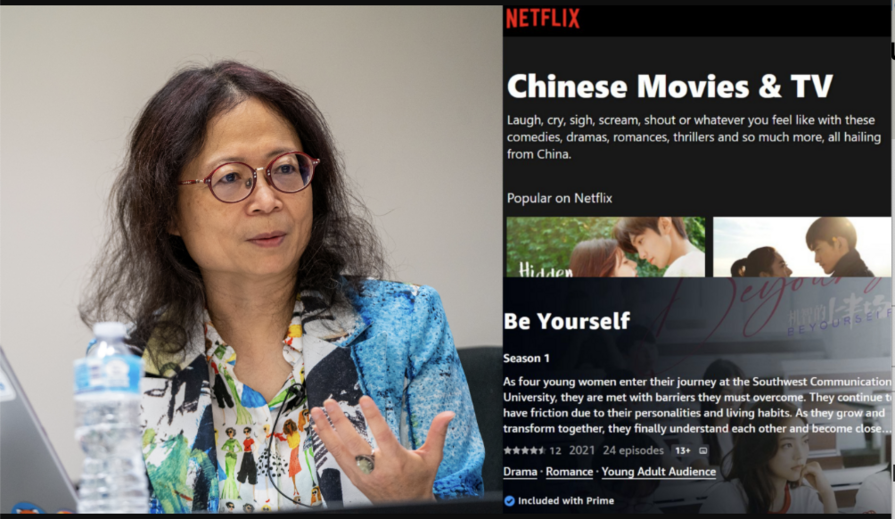John Robert Hamilton, Ph.D
Abstract (Summary)
An historical and critical analysis of the films of Bob Pierce, his co-workers, and successors at World Vision International was conducted to determine their contributions to the evangelical social action film genre, and the way in which World Vision, the major Protestant international relief agency, has utilized filmic media over its thirty-year history. The study covers the Pierce/World Vision films from 1948-1980, examining content, social action themes, production details, and personnel development. The organization's core beliefs, marketing and communication philosophies, and media effectiveness are also analyzed.
The study's methods involved critical screenings of the thirty-nine films of World Vision's U.S. headquarters, plus selected television programs, telethons, and productions of foreign support offices. Lengthy interviews were conducted with seventy key creative people and persons knowledgeable in World Vision's development, including film directors, working associates, and Pierce family members. Comparisons were made with selected films and materials of contemporaneous Christian film producers. Investigation was made of World Vision's archives, annual reports, memos, corporate decisions, and other printed and computerized sources.
Bob Pierce began his work in China in 1947. He was a pioneer of Christian documentary film, combining evangelical concern, humanitarian political and social activism, and motion pictures. Only The Salvation Army was doing significant work in the genre earlier. Pierce was the founder of World Vision (1950). Together with media director Dick Ross he began Great Commission Films (1949), which later became World Wide Pictures under the Billy Graham Evangelistic Association. Pierce led the evangelical church to an acceptance of the motion picture medium. His production techniques included a mixture of dramatic and documentary footage, a peripatetic camera, color, special effects, musical scores including jazz, photography under combat conditions, and wide screen exhibition.
For over three decades World Vision has been in the vanguard of many social consciousness issues, such as world hunger, refugees, orphans, the Viet Nam War, Asian political turmoil, "boat people," atrocity in Uganda, and Cambodian decimation. Its innovative church films and television specials have focussed on all these matters. Under the organization's second president, Stan Mooneyham, extensive use of television came to account for eighty percent of its constituency, while income rose more than tenfold in less than a decade to over $60 million. The films' purpose has always been to acquaint viewers with intense needs overseas and thus to raise funds for relief and development projects. Second, the productions are meant to raise consciousness and change audience attitudes for social justice.
Recurrent themes in the films relate to the management's core philosophy of holistic Christianity, which demands an integration of spiritual faith and physical demonstration of human compassion for the hungry, the poor, the sick, and the underprivileged. Pierce's early anti-Communist emphasis has mellowed to Mooneyham's stress on critical relief for "the family of man."
As World Vision's television film audiences are shown the personal face of our hurting world, new supporters join by the hundreds of thousands. Yet the TV supporter is fickle. Previous contributors suffer an attrition rate of seventy-five percent every two years. Supporters from print media stay with the organization longer and give larger average amounts.
Suggested further research would compare the effectiveness of World Vision's films and television vis-a-vis other media. A study of the intra-corporate communication of large humanitarian and communicator organizations is likewise recommended, to yield insight on bureaucratic and symbolic treatment of social problems.



